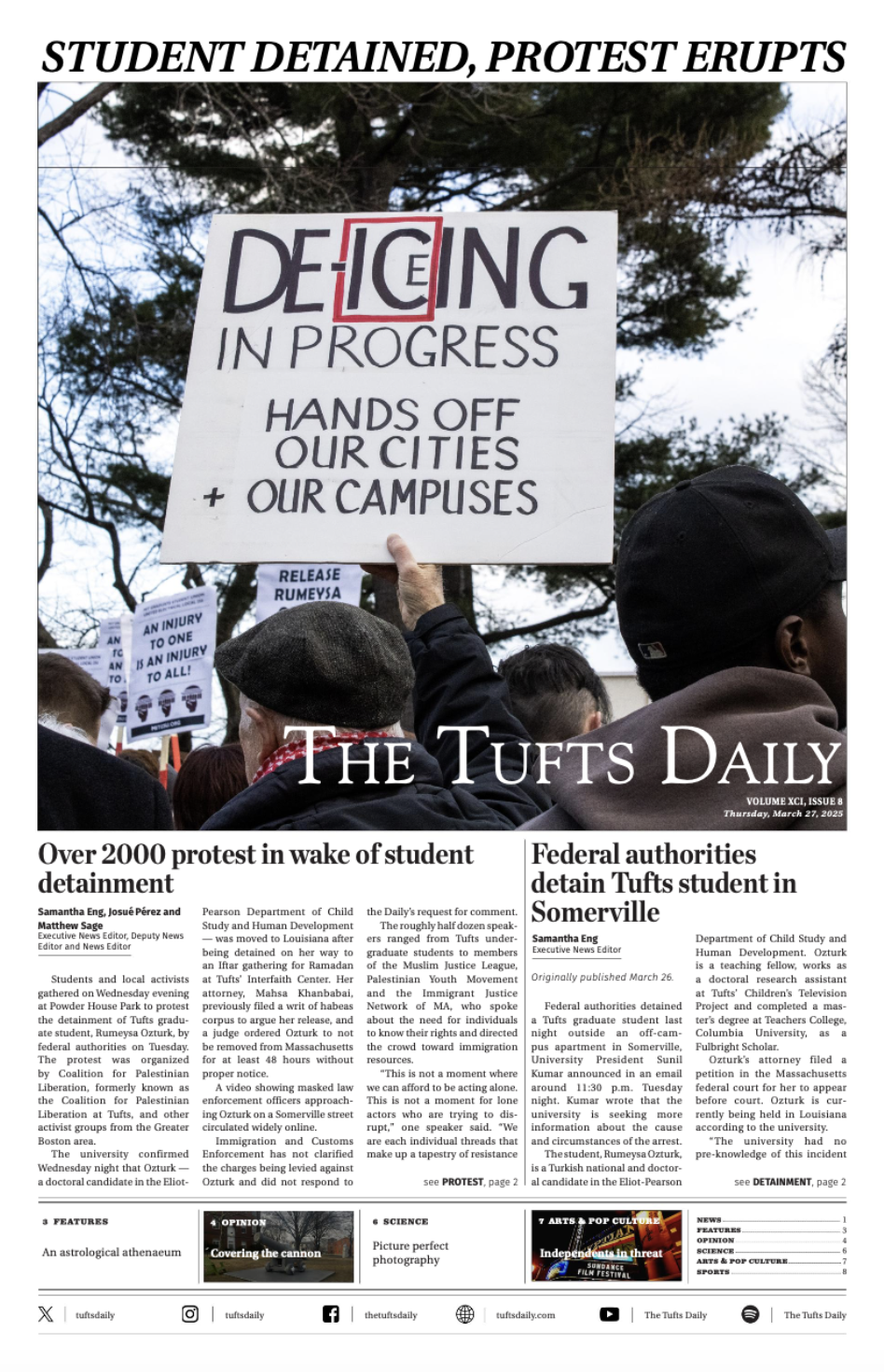Talia Wilcox is a sophomore studying international relations.
Content warning: This article discusses gun violence and mentions suicide.
Only five students returned to my classroom the day after my large public high school received a bomb threat. One month earlier, the Thousand Oaks massacre had occurred nearby at Borderline Bar and Grill, killing 12 college students. These gun violence threats seemed suddenly much too close to home. In response to these horrific events and my own fear, I began to take conscious steps toward change. Despite my apprehension, I went to school. I organized meetings as co-president of the National Association of Students Against Gun Violence. Although this association is no longer running, other organizations such as Students Demand Action do similar great work. I attended protests like March for Our Lives and I worked to educate my fellow students.
Two years later, I’m now a college sophomore. It’s club week, and I’m considering how to invest my time. Although young people have recently played a huge role in gun violence prevention, I don’t see an advocacy group dedicated to this cause. Given the gun violence epidemic, I wonder why. Perhaps we have become numb to violence. With recurring headlines of senseless tragedies decimating our communities, maybe we cannot hear it. Perhaps it is lost among news of legal wrangling to repeal gun safety laws and permit carrying concealed weapons, or perhaps college students feel safer because K-12 schools have been more often (though not exclusively) the sites of school shootings. But for many, the sense of immediate fear now feels distant.
Yet young people have often been a voice for change. Despite the risk of becoming desensitized to repeated gun violence acts, and perhaps because of it, I’ve felt compelled to be part of the solution. I have continued to educate myself. I also worked as a summer intern for The Violence Project, an academic research center that analyzes gun violence data. In my internship, I looked at patterns within the cycle of mass shootings. The high-profile front page media spotlight seems to fade a few weeks after a mass shooting. People move on because it feels far away. Another story usurps the news cycle. However, this shift ignores the pain of victims’ families and communities, for whom gun violence may be a daily threat — one that often disproportionately affects minority communities and doesn’t get the same media attention as mass shootings. The media should highlight this epidemic and particularly, the attention needed to address it.
Young people can take several steps to actively tackle gun violence. The first step is student education, which The Violence Project research shows is essential to prevention. To date, local education has consisted of active-shooter drills, which studies indicate lead to an increase in youth mental health problems. Instead, we need to implement validated educational prevention programs, such as the Bullet Points program from the University of California, Davis, and the Sandy Hook Promise.
Another important step is collaboration with parents and teachers to support student mental health and to create campus safe spaces so students can report threats. We can also collaborate to use our media to combat false information and conspiracy theories, such as falsely blaming mass shootings on antidepressant use. We can instead highlight legitimate sources, such as Everytown for Gun Safety and The Violence Project. Jillian Peterson, a psychologist who co-founded TVP, wrote, “Our recent coding only showed 16 perpetrators on antidepressants - out of 180, so not very high (lower than the general population). We often look for easy explanations for mass shootings (mental illness, video games) when the reality is that the pathway to violence is complex- involving trauma, a crisis point, suicidality, a quest for notoriety, radicalization, leakage, and access to guns.”
Finally, we can emphasize social action. Protesting publicly is one way to make your voice heard. Another is by voting. In 2020, we saw an 11-point increase in youth voter turnout from the previous general election. If this trend continues, we have the power to call attention to these issues and push for effective legislation.
Students are affected daily by gun violence and need to fight for change. Education, collaboration and social action are effective ways for students to combat gun violence. We should support experts with evidence-based strategies and elect legislative representatives willing to listen. As the collective voice of those who have grown up with shooters in our classrooms, we must get involved to make our voices heard and effectively address this public health crisis.




